
In Jelmoli’s shadow
The ‘Cheesemeyer’ in Sissach was the first department store in the canton of Basel-Landschaft. Like Zurich’s Jelmoli, it was also a family business.
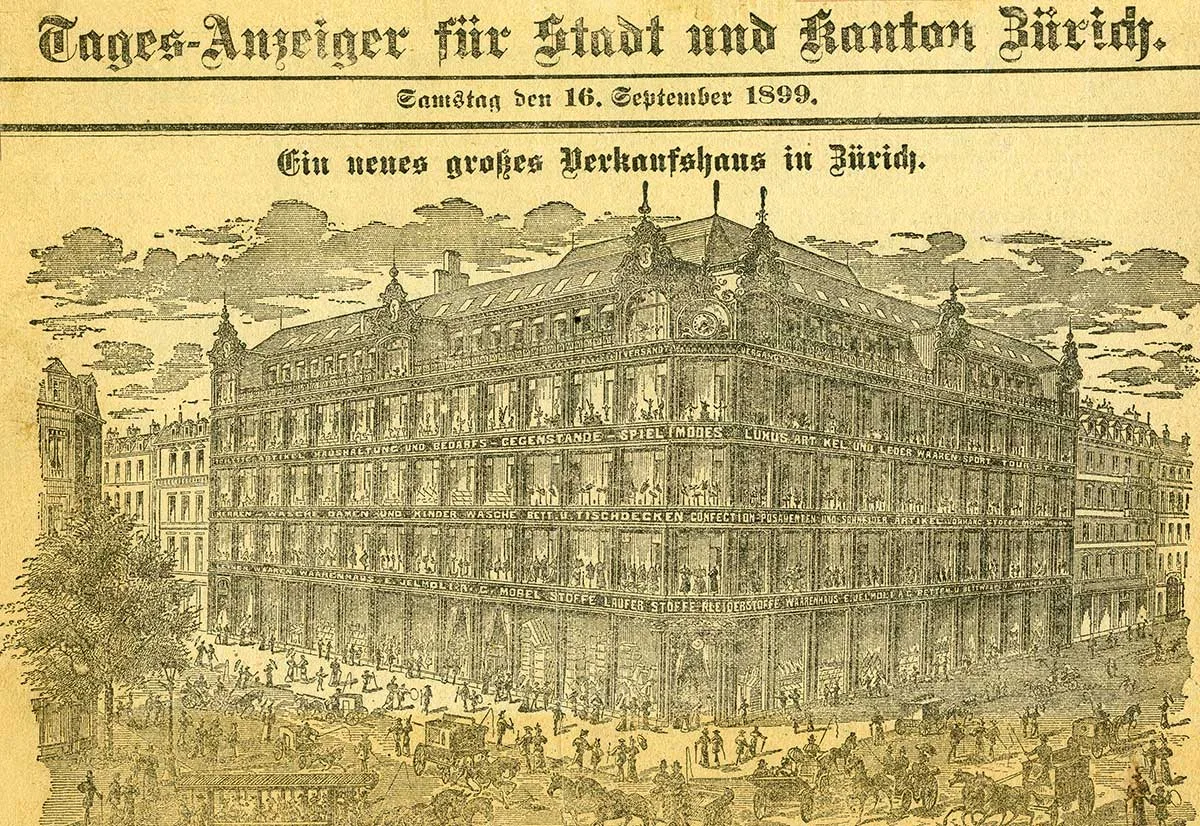
Key transport hub
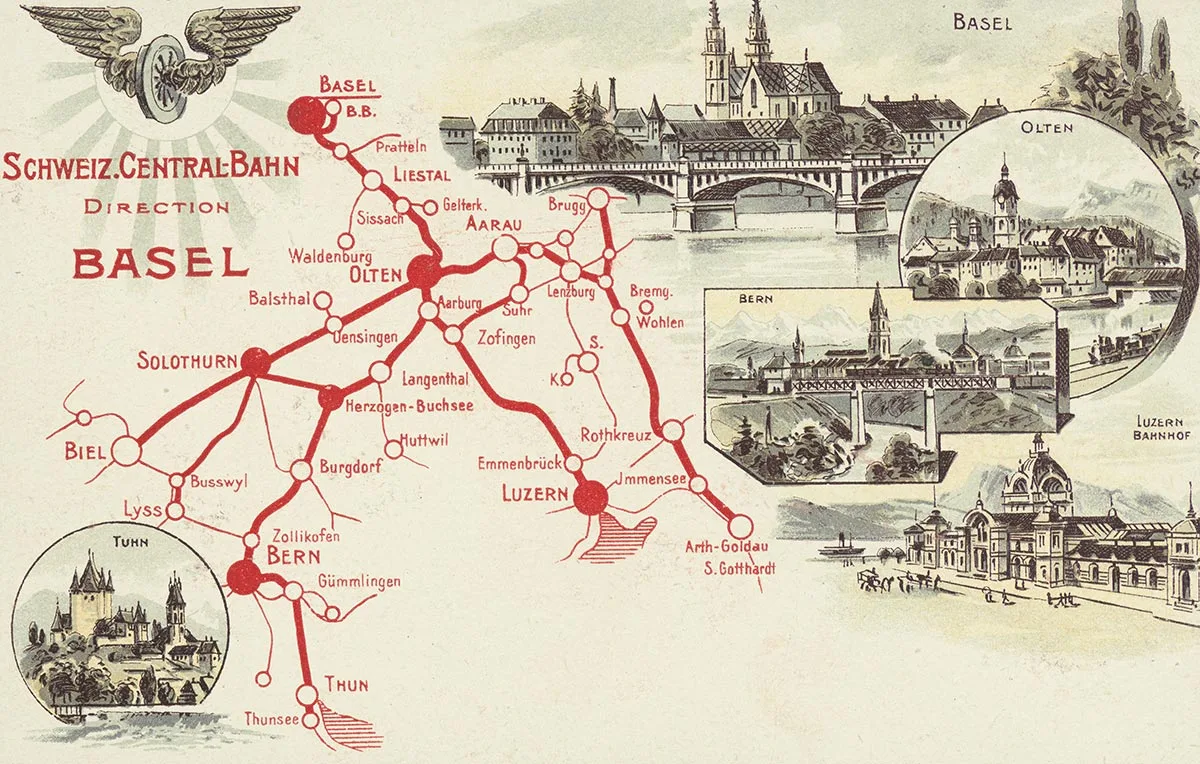
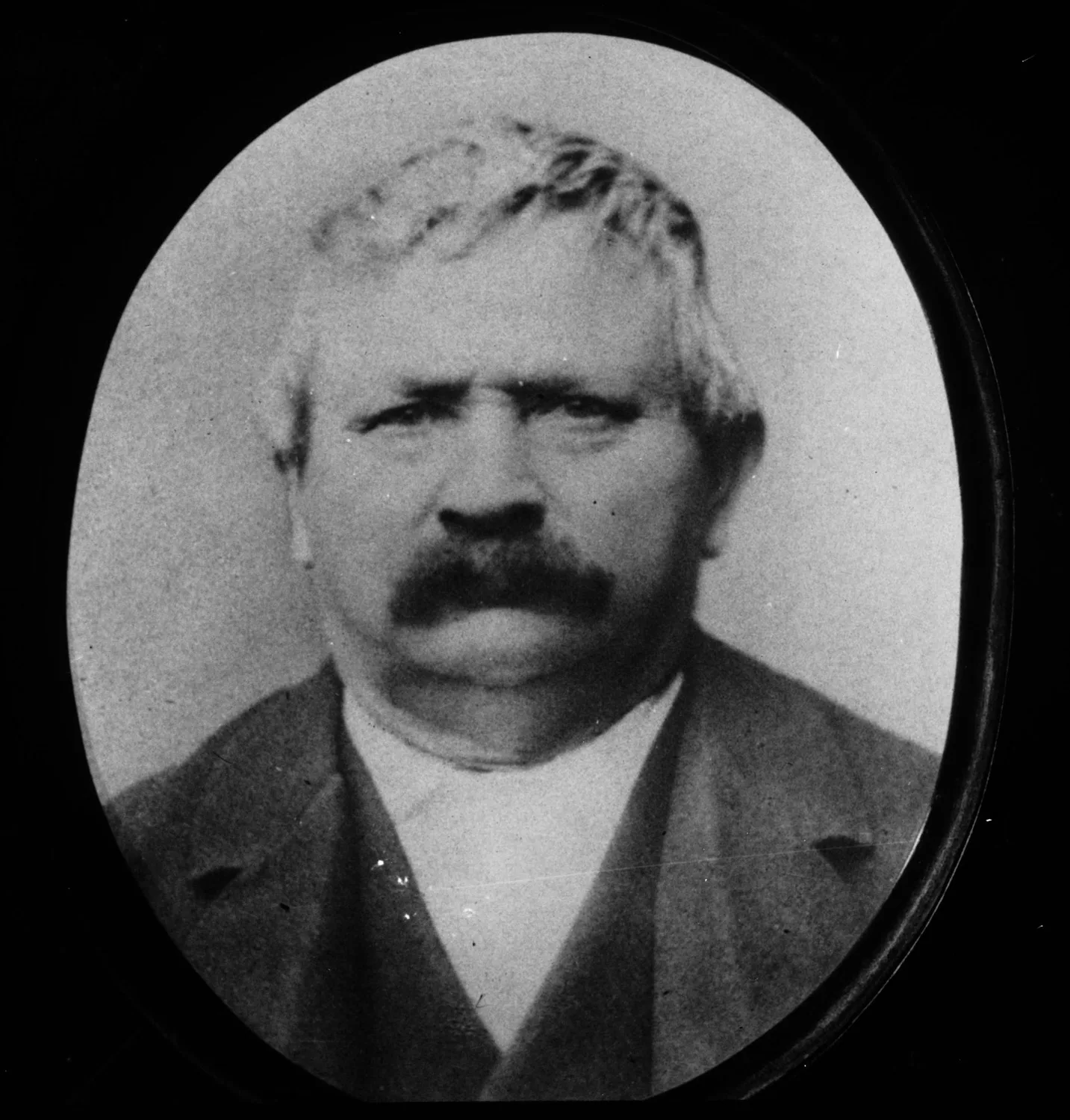
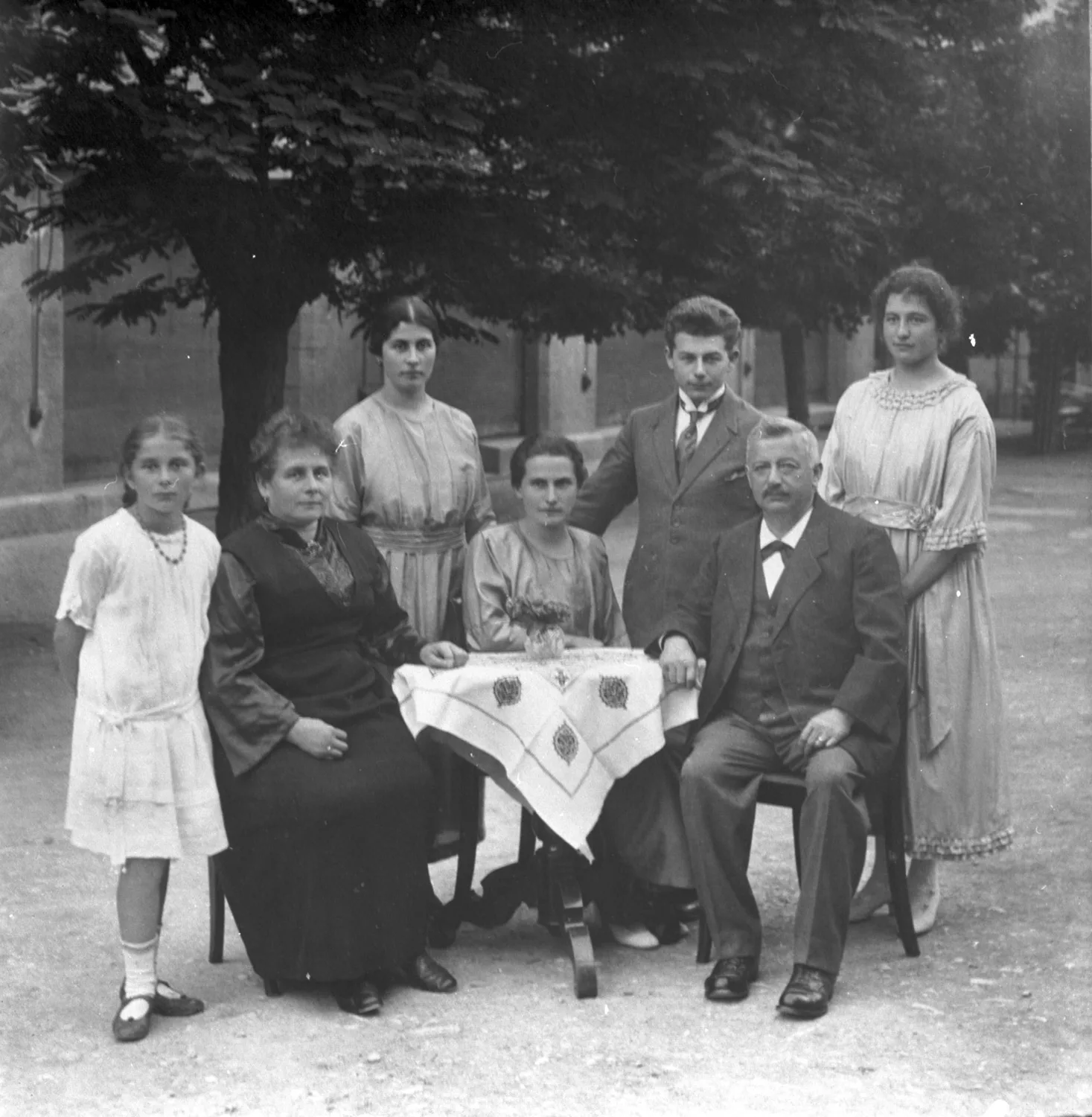
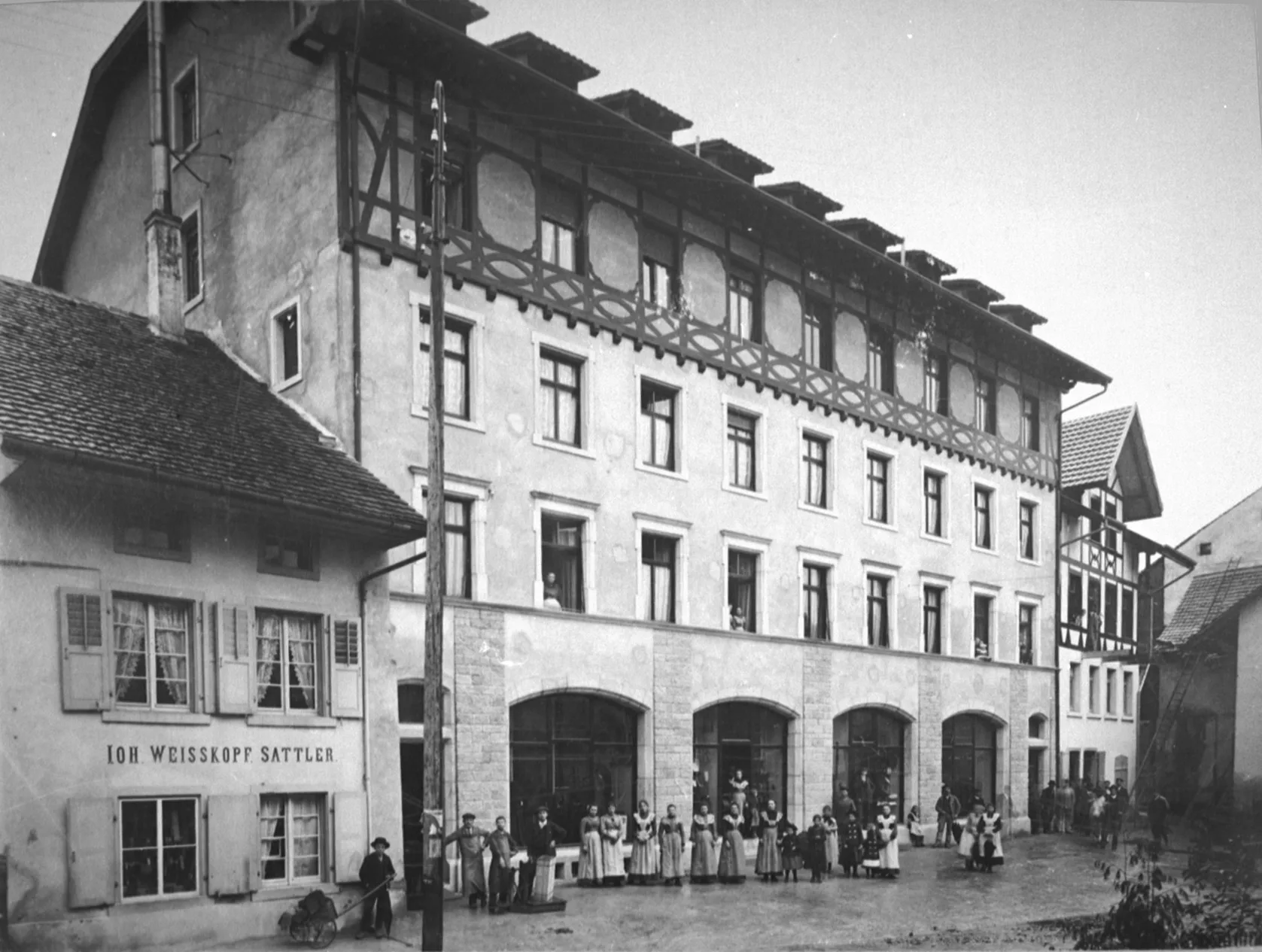

The ‘Cheesemeyer’ in Sissach was the first department store in the canton of Basel-Landschaft. Like Zurich’s Jelmoli, it was also a family business.




